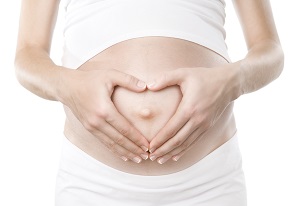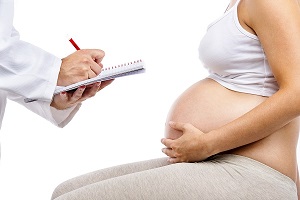Those suffering from Friedrich's ataxia are 10 times more sensitive to the sun than the average. These people are therefore much more subject to all the damages typical of ultraviolet radiation A. The scientists of the University of Bath have discovered this, and they have also proposed a possible solution: a special sunscreen. Researchers designed a new molecule to add to normal sunscreens.
The modified cream could also be helpful for those suffering from other diseases, such as Wolfram syndrome and Parkinson's. Both diseases in fact lead to an overload of iron in the mitochondria. When exposed to UVA rays, excess iron stimulates the production of free radicals. Among these are the intermediate products of cellular processes of oxygen reduction, which damage DNA, proteins and fats. Normal sunscreens protect against UVB rays, but they do little against UVA. The researchers then created a molecule that collects too much iron in the mitochondria. In this way, just a little 'cream to prevent the sun amplifying cell damage. For the time being, the study authors tested the molecule on epithelial cells of patients with Friedrich's ataxia.
The results look good: exposed to UVA rays, the molecule avoided cell death. Further studies will still be needed: the researchers shoot to create a treatment against ultra-sensitivity to the sun. In this way hundreds of people will earn in terms of quality of life.
Source: bath.ac.uk
Add a comment





